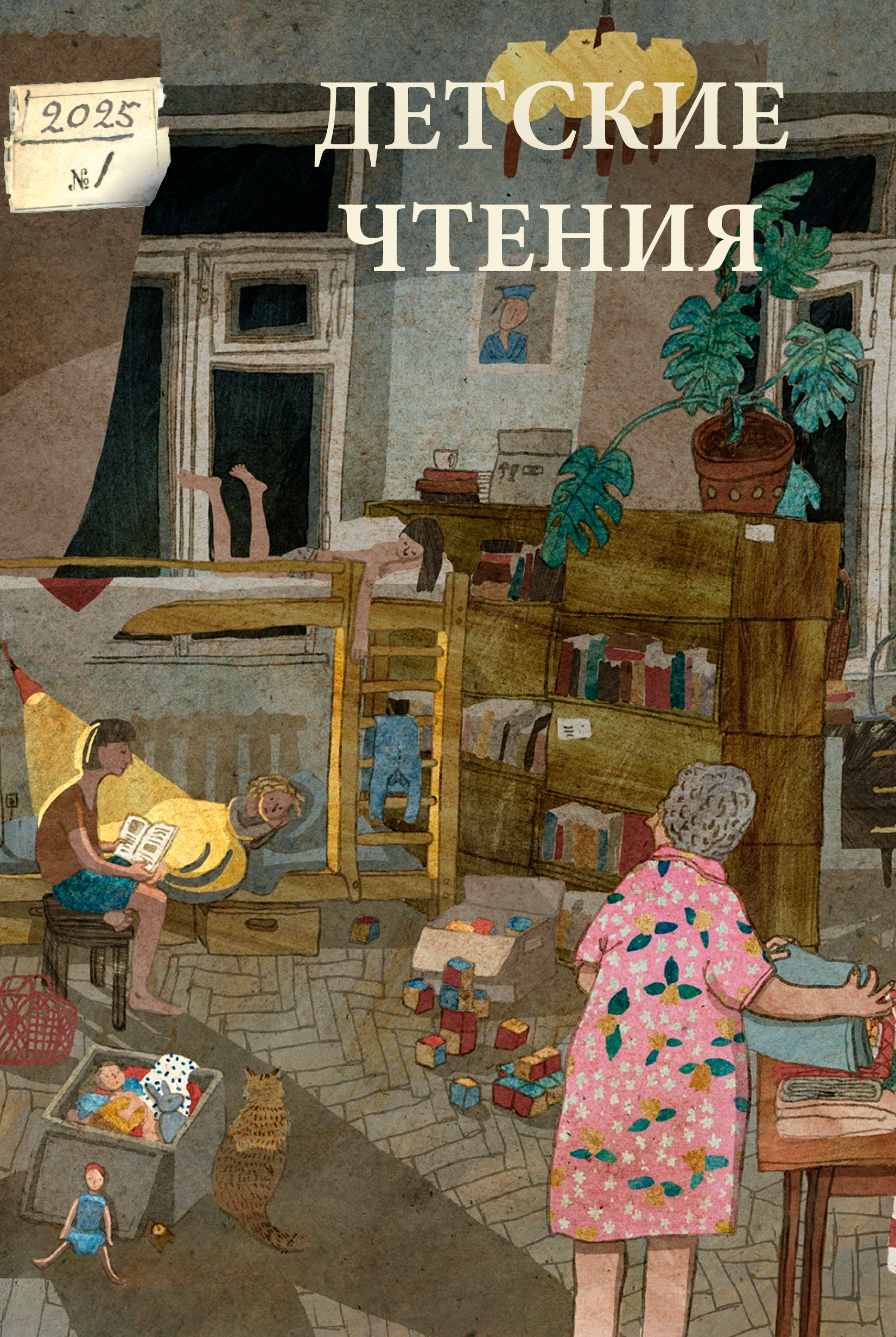THE AUTHOR AND HIS CHARACTERS IN SASHA CHERNY’S STORY “THE WONDERFUL SUMMER” (1929)
DOI:
https://doi.org/10.31860/2304-5817-2025-1-27-60-76Abstract
The article considers the narrative structure of Sasha Cherny’s story Wonderful Summer. The book is dual-address, engaging not only a child reader but also an adult audience. The story depicts the child’s worldview by incorporating the boy’s own reflections into the narration of the primary narrator. The child’s perception, feelings, emotions, and experiences become the object of depiction. Playing with speech masks, changing points of view on the world or subjects of focalization creates a special style of the writer, which allows to reveal the child’s view of the world and the author’s attitude to his characters, manifested in the narrative word of the main narrator. Sasha Cherny presents a wide range of narrative techniques, including the merging of the narrator’s and characters’ perceptions, free indirect speech that reveals the inner thoughts of the young protagonist, the citation of internal speech enclosed in quotation marks within the narrator’s descriptive passages, and direct speech in character monologues and dialogues. The text of the story consists of several narrative layers belonging to the narrator, the boy, and even living beings — including inanimate objects, such as stars in the boy’s dream. As a result, elements of fairy-tale prose permeate the realistic work, with animals and non-living objects animated and endowed with consciousness and voice.
Keywords: Sasha Cherny, children’s literature, Russian emigration literature, novella, plot, narrative, narrator







